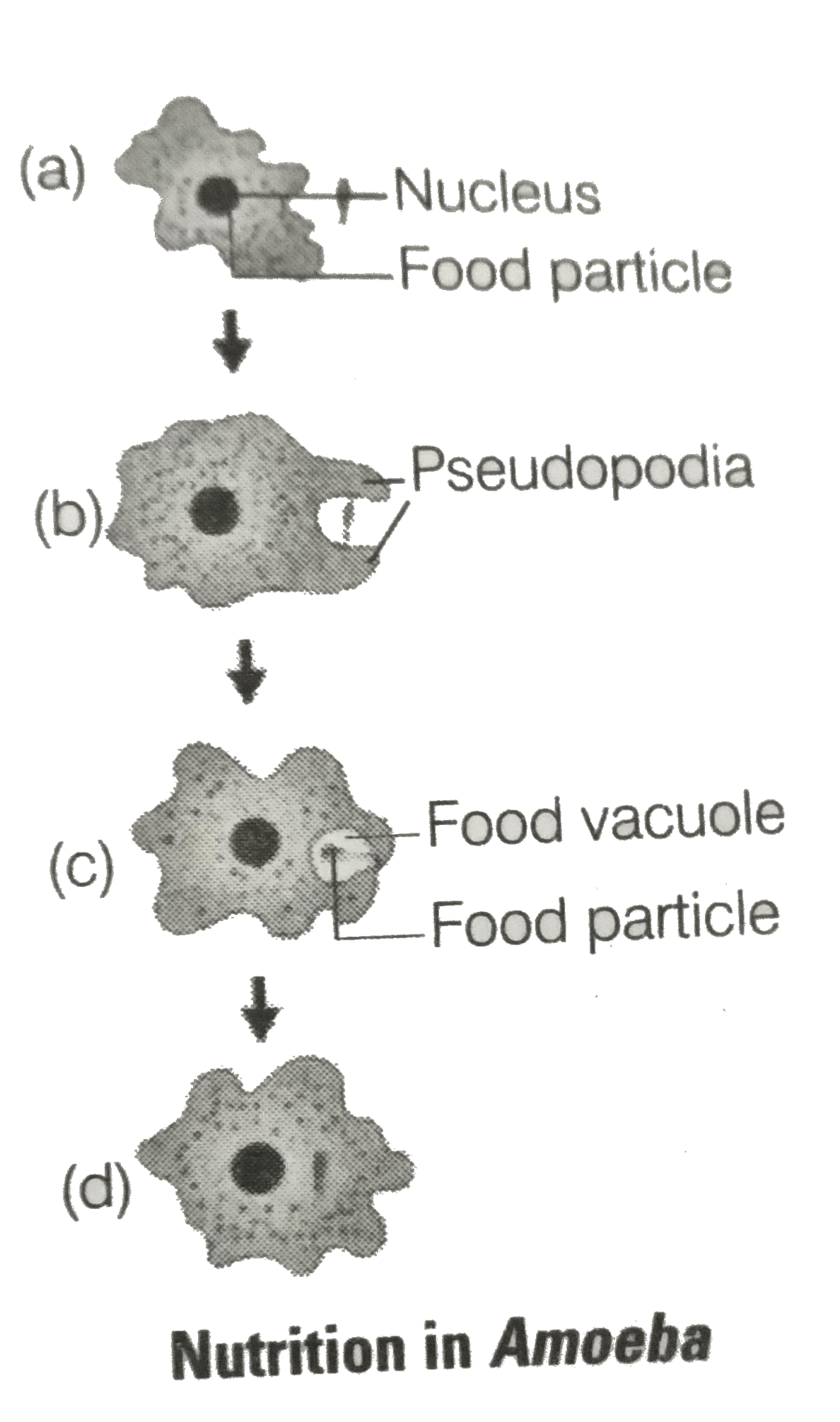Explain the process to transcription in prokaryotes .How is the process different in eukaryotes ?
Step-by-Step Solution for Transcription in Prokaryotes and Its Differences from Eukaryotes
1. Definition of Transcription:
- Transcription is the process of synthesizing messenger RNA (mRNA) from a DNA template. This is a crucial step in the central dogma of molecular biology, where DNA is transcribed into RNA, which is then translated into proteins.
2. Overview of Prokaryotic Transcription:
- Prokaryotes, such as bacteria, lack membrane-bound organelles. Their transcription occurs in the cytoplasm, as there is no nucleus to separate the processes of transcription and translation.
3. Steps of Transcription in Prokaryotes:
- Initiation:
- The process begins when a sigma factor binds to a specific region of the DNA called the promoter.
- This sigma factor facilitates the binding of RNA polymerase to the promoter region.
- Once RNA polymerase is attached, it unwinds the DNA and begins synthesizing the mRNA strand.
- Elongation:
- RNA polymerase moves along the DNA template strand, adding complementary RNA nucleotides to the growing mRNA chain.
- This elongation continues until the RNA polymerase reaches a termination signal.
- Termination:
- The transcription process ends when RNA polymerase encounters a stop codon or termination sequence.
- A protein called the Rho factor may assist in terminating transcription by causing RNA polymerase to detach from the DNA.
4. Overview of Eukaryotic Transcription:
- In eukaryotes, transcription occurs in the nucleus, and the process is more complex due to the presence of introns and exons in the genes.
5. Differences Between Prokaryotic and Eukaryotic Transcription:
- mRNA Processing:
- In prokaryotes, the mRNA is synthesized directly and is ready for translation.
- In eukaryotes, the initial RNA product is called heteronuclear RNA (hnRNA), which contains both introns (non-coding regions) and exons (coding regions).
- The introns are removed through a process called splicing, resulting in a mature mRNA that consists only of exons.
- Location:
- Prokaryotic transcription occurs in the cytoplasm, while eukaryotic transcription occurs in the nucleus.
- Complexity:
- Eukaryotic transcription involves additional factors and processes, such as the use of transcription factors and the processing of mRNA.
- Transcription is the process of synthesizing messenger RNA (mRNA) from a DNA template. This is a crucial step in the central dogma of molecular biology, where DNA is transcribed into RNA, which is then translated into proteins.
- Prokaryotes, such as bacteria, lack membrane-bound organelles. Their transcription occurs in the cytoplasm, as there is no nucleus to separate the processes of transcription and translation.
- Initiation:
- The process begins when a sigma factor binds to a specific region of the DNA called the promoter.
- This sigma factor facilitates the binding of RNA polymerase to the promoter region.
- Once RNA polymerase is attached, it unwinds the DNA and begins synthesizing the mRNA strand.
- RNA polymerase moves along the DNA template strand, adding complementary RNA nucleotides to the growing mRNA chain.
- This elongation continues until the RNA polymerase reaches a termination signal.
- The transcription process ends when RNA polymerase encounters a stop codon or termination sequence.
- A protein called the Rho factor may assist in terminating transcription by causing RNA polymerase to detach from the DNA.
- In eukaryotes, transcription occurs in the nucleus, and the process is more complex due to the presence of introns and exons in the genes.
- mRNA Processing:
- In prokaryotes, the mRNA is synthesized directly and is ready for translation.
- In eukaryotes, the initial RNA product is called heteronuclear RNA (hnRNA), which contains both introns (non-coding regions) and exons (coding regions).
- The introns are removed through a process called splicing, resulting in a mature mRNA that consists only of exons.
- Prokaryotic transcription occurs in the cytoplasm, while eukaryotic transcription occurs in the nucleus.
- Eukaryotic transcription involves additional factors and processes, such as the use of transcription factors and the processing of mRNA.
Topper's Solved these Questions
- BOOK - XII BOARD PREVIOUS YEAR PAPER ENGLISHCHAPTER - XII BOARDSEXERCISE - Set-I143videos
XII BOARDS
- BOOK - XII BOARD PREVIOUS YEAR PAPER ENGLISHCHAPTER - XII BOARDSEXERCISE - SET-III46videos
XII BOARDS
- BOOK - XII BOARD PREVIOUS YEAR PAPER ENGLISHCHAPTER - SAMPLE PAPER 2019EXERCISE - Section E Part B3videos
SAMPLE PAPER 2019
Similar Questions
Explain the process of transcription.
View SolutionExplain the process of nutrition in Amoeba.

View SolutionExplain the mechanism of transcription in a prokaryotic cell.
View SolutionExplain the process of formation of urine.
View SolutionExplain the process of electrolysis.
View SolutionExplain the process of DNA replication.
View SolutionDescribe the process of transcription in a bacterium.
View SolutionExplain the process of oogenesis in humans.
View SolutionFunctionally like prokaryotes but otherwise found in eukaryotes in
View Solution(a) Describe the process of transcription in bacteria.
(b) Explain the processing the hnRNA needs to undergo before becoming functional mRNA in eukaryotes.View Solution

